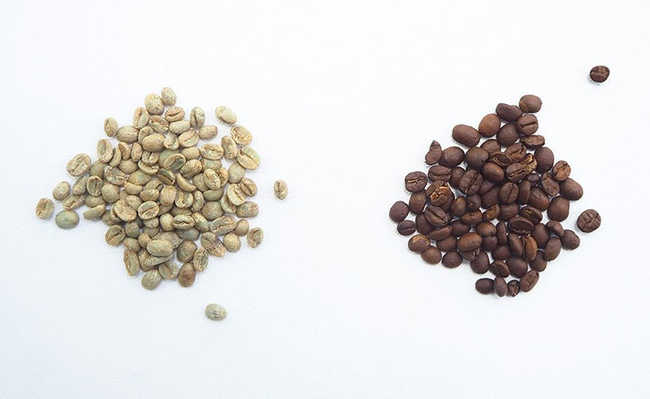What You Need to Know About Fabric Mask Effectiveness
A study points out that used materials, thread counts, mix of fabric types and correct fit are essential for good protection

Edited and resized image by Vera Davidova is available on Unsplash
The protective mask is an item whose demand increases in periods of outbreaks, epidemics or pandemics of infectious diseases that are spread through aerosols (respiratory droplets), as is the case with the Covid-19 pandemic.
The homemade fabric mask is an affordable alternative that avoids the shortage of professional masks in the healthcare system, as well as being a washable option that generates less waste. However, little is known about the effectiveness of using homemade masks, although they are recommended by health experts.
A study published by the scientific journal ACSNano evaluated the effectiveness of various types of homemade fabric mask and came to the conclusion that their effectiveness depends on four factors: fabric layers, material used, density of sewing threads and adjustment of the mask to the face.
Fabric layers, material used and yarn density
The study looked at common fabric types commonly used to make homemade fabric masks, such as cotton, silk, chiffon, flannel, synthetics, and fabric combinations. The conclusion was that the effectiveness of protection is more significant when the mask is made with more than one layer of cloth.
Cotton, natural silk and chiffon provided good protection, generally above 50% when made with a firm weave. But the filtration efficiency of hybrid fabrics, such as cotton-silk, cotton-chiffon and cotton-flannel, was greater than 80% for aerosol particles smaller than 300 nanometers and 90% for aerosol particles larger than 300 nanometers, having more protective relevance.
The researchers believe that this performance of the hybrid fabric mask is due to the combined effect of mechanical filtration (from cotton) and electrostatic filtration (from natural silk, for example).
Cotton, the most widely used material for making cloth masks, performs better in weaving with higher densities (ie, with a greater number of yarns) and can make a significant difference in filtering efficiency.
Overall, combinations of various fabrics commonly used in cloth masks can provide significant protection against the transmission of aerosol particles. The study concluded that it is preferable to use fabrics with tight weaves and low porosity, such as those found in high thread count cotton sheets.
A 600-thread type cotton, for example, performed better than an 80-thread one. And the 30-thread cotton showed poor performance, which shows that porous fabrics should be avoided.
Materials such as natural silk, chiffon fabric (90% polyester and 10% Spandex fabric) and flannel (65% cotton and 35% polyester) can provide good electrostatic particle filtration. Four layers of silk, as in the case of a scarf that covers the nose and mouth and is held tight to the head, also provide good protection.
Combining layers to form hybrid masks increases mechanical and electrostatic filtration. This can include high thread count cotton combined with two layers of natural silk or chiffon. A composition of two layers of cotton and one of polyester also works well. In all these last mentioned cases, the filtration efficiency was greater than 80% for droplets smaller than 300 nanometers and greater than 90% for droplets smaller than 300 nanometers.
mask fit
The study also found that gaps caused by improper mask fit can result in more than a 60% reduction in droplet filtration efficiency, even if the fabric has high filtration.
Masks made without sealing accessories, such as elastomers, allow space for gaps to form between the mask and the facial contours, resulting in small holes that generate "leakage", which reduces its effectiveness. Fit is critical even for a mask with a high-performance fabric.
To give you an idea, in the case of an N95 professional mask, an increase of 0.5% to 2% in the side gaps caused a 50% to 60% reduction in the average filtration efficiency for a particle size smaller than 300 nanometers .










